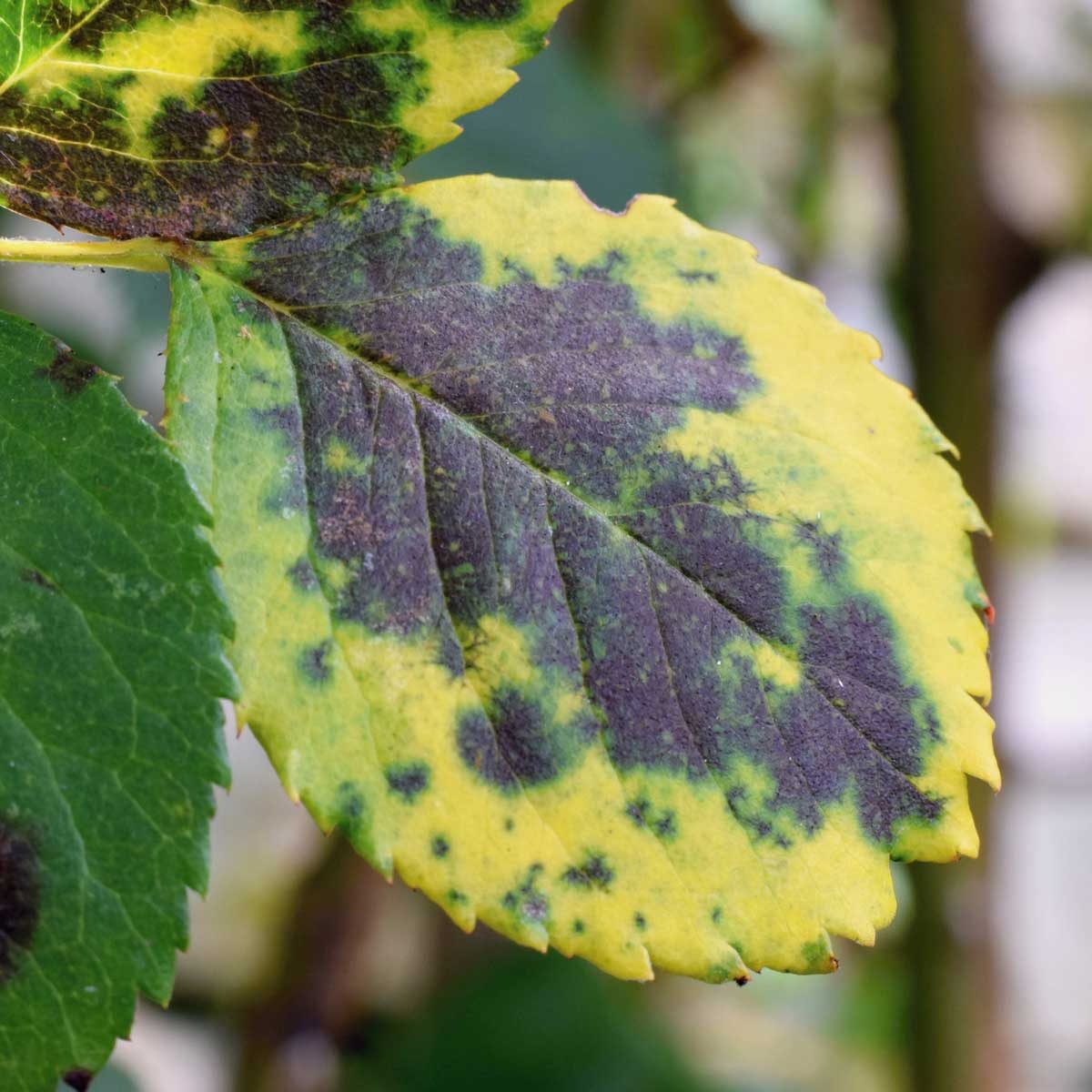Leaf Blight

Scientific Name
Various Fungal Pathogens
Description
Leaf Blight is a plant disease characterized by irregular, brown to black lesions on leaves. It causes premature leaf drop and diminished photosynthesis, weakening the overall health of the plant.
Characteristics
Marked by dark necrotic spots often surrounded by yellow halos, leaf blight disrupts the leaf tissue. The damage reduces the plant’s capacity to produce energy and can lead to significant yield losses.
Control Methods
- Organic sprays: Apply organic fungicides such as neem oil, copper-based sprays, or bicarbonate solutions early in the infection cycle to curb disease progression.
- Cultural practices: Remove and destroy infected leaves, practice crop rotation, and use resistant varieties where possible to limit disease establishment.
- Preventive methods: Ensure proper spacing and pruning to improve air circulation and reduce leaf wetness. Avoid excessive nitrogen fertilization which can promote lush, vulnerable growth.
- Biological controls: Utilize antagonistic microbes and beneficial fungi that inhibit pathogen growth. These natural competitors help suppress the spread of the disease.
- Mechanical physical: Prune heavily infected parts and dispose of them properly to reduce inoculum sources. Implement physical barriers if necessary during high-risk periods.
Natural Enemies
- Antagonistic Fungi
- Beneficial Bacteria